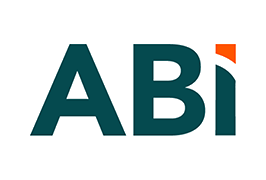What is DVIR (Driver Vehicle Inspection Report)?

Driver Vehicle Inspection Report (DVIR) Definition
When are DVIRs required?
Start of the day
At the start of a driver’s shift they must review the last DVIR completed on the vehicle. If there are defects noted from the last post-trip inspection, these must be reviewed and signed off. The driver must also confirm that the other aspects of the commercial motor vehicle are in good condition with a thorough inspection of the vehicle. This is often referred to as the pre-trip inspection and outlined in Federal Law 49 CFR 396.13
End of the day
At the completion of the day’s work, the truck driver must complete a walkaround inspection of the vehicle. This is specified by Federal Law 49 CFR 396.11. If the driver operates more than one vehicle, a separate DVIR must be completed for each vehicle. If any issues are found, the truck driver must report defects to their fleet manager so that corrective action can be taken. Before the no-defect rule took effect in 2014, paper forms were required to be filed even if no defects were found in an inspection.
Federal DVIR regulations require that defect reports are kept for three months.
DVIR checklist
A standard DVIR should cover:
- Brakes and air system
- Coupling equipment and fifth wheels
- Horn
- Lights and reflectors
- Rear view mirrors
- Safety and emergency equipment
- Steering mechanism
- Tires, wheels and rims
- Windshield wipers
What should be inspected can vary from vehicle to vehicle, and Electronic DVIRs make it easy to tailor DVIR checklists for specific vehicles and equipment in a fleet of vehicles.
DVIRs and roadside inspections
The different types of DOT roadside inspections check for the same issues that a DVIR will uncover, so a DVIR process that your drivers can follow every time help identify issues before they impact on the safe operation of the vehicle or worse, have the fleet issued with out-of-service violations or negatively impact csa scores.
Regular pre and post trip inspections will also help highlight any smaller vehicle maintenance issues before they become bigger and costlier maintenance issues.
Benefits of electronic DVIRs
DVIRs can be completed electronically using a smartphone or tablet with features that encourage drivers to physically inspect the vehicle rather than just ‘pencil whipping’ a paper form.
Electronic DVIRs will cut down on paperwork, and when integrated into fleet management software can streamline daily operations.
Our Solutions

DVIR













